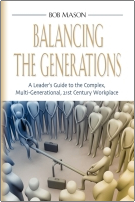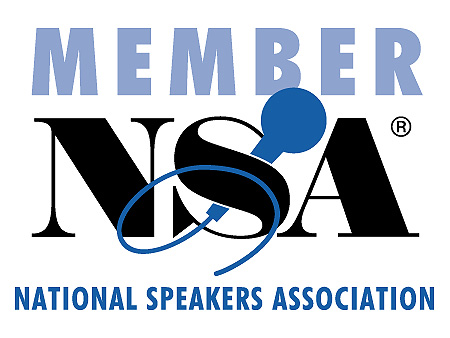 Send to Kindle
Send to KindlePodcast: Play in new window | Download (26.5MB)
Until the arrival of the last part of the Millennial Generation, Baby Boomers, born between 1945 and 1964, were the largest ever. Boomers were known for being anti-establishment. They were only interested in sex, drugs, and rock and roll and they protested everything else.
Or did they?
This is where the real nature of the Silent Generation appears. While the Boomers were certainly heavily involved in the protest culture they didn’t lead it. Those leaders came from the Silent Generation. Think of people like Jane Fonda and Tom Hayden, both from the Silent Generation.
The Boomers stretched generational diversity even farther than the Silent Generation, but as a group they did seem to agree on one thing, they needed a job and once they found one they realized that they could acquire material goods. Not nearly as frugal as their ancestors, they had certainly heard the stories of depression but hadn’t lived it; they went on a buying spree. They also soon realized that they are the establishment, and they kind of like that.
Of course not all Boomers are the same. In fact, Boomers are the first generation that is difficult to completely define. The next one will be the Millennial Generation, but first we need to look at the generation caught in the middle: Generation X.





